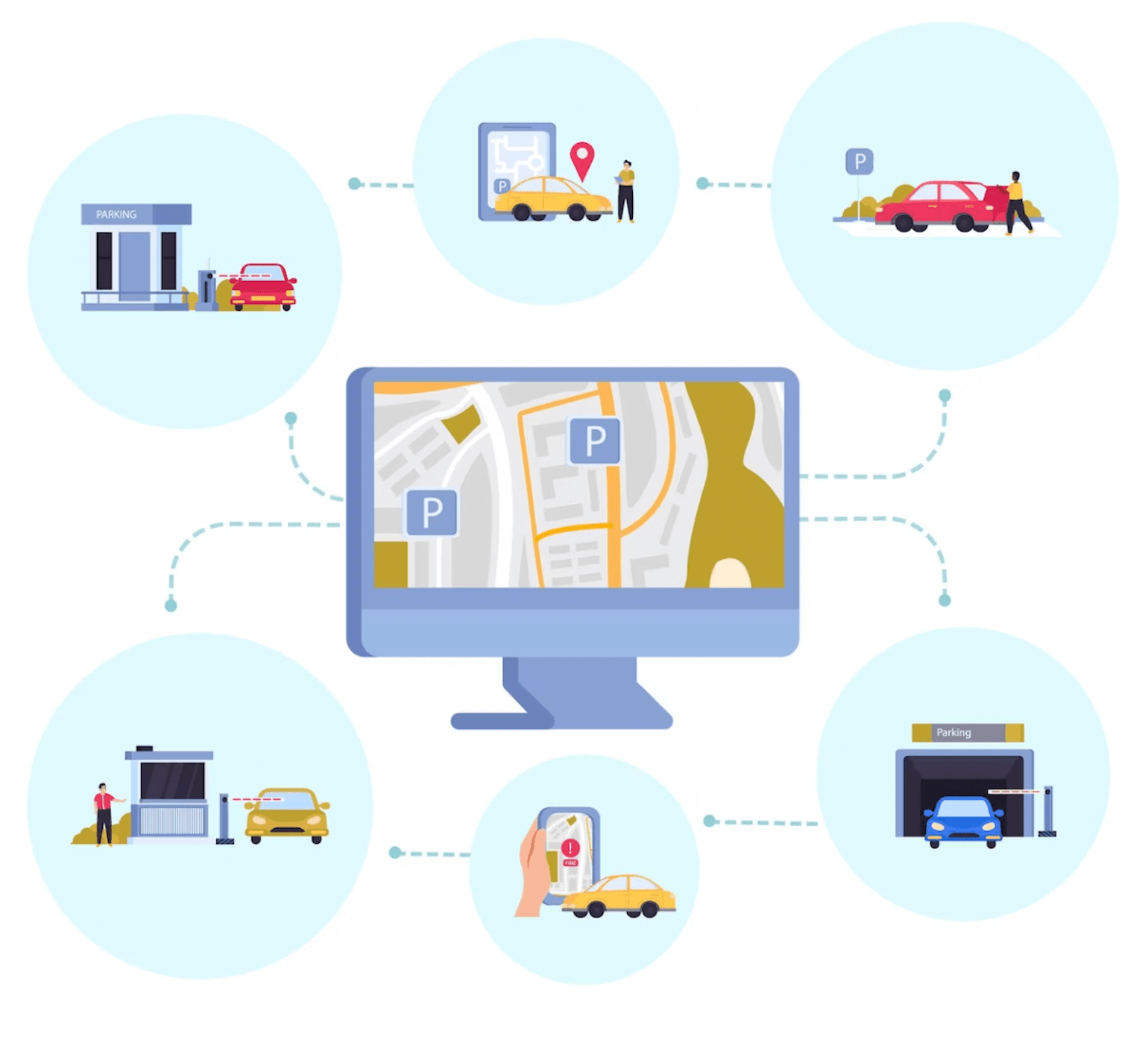Transport Flow: Definition, Steps, and Optimization

Transport flow management is a constantly evolving field as companies need to adapt to new technologies and changing consumer demands. By investing in effective transport flow management, companies can enhance their performance and competitiveness. In this article, we will explore the various aspects of transport flow management and provide tips to improve your company’s performance.
What is Flow Management?
Definition
Transport flow in logistics refers to the organized, smooth, and continuous management of the movement of goods, resources, and information throughout the supply chain. It is a process that streamlines and optimizes the flow of goods from their point of origin to their final destination.
The transport flow encompasses different stages, including sourcing raw materials, production, storage, distribution, and delivery. Each stage of the flow can be complex and demands precise coordination to avoid delays or disruptions.
Different Types of Flows
- Push Flows
Push flows involve manufacturing products based on demand forecasts. This means that production is planned in advance based on sales estimates. The main advantage of this approach is efficiency in order preparation because products are already available in stock. However, push flows come with certain disadvantages. There is a risk of selling at a loss or facing shortages if the actual demand does not align with the forecasts. Unexpected shifts in demand can lead to overstocking or stockouts.
- Pull Flows
In contrast to push flows, pull flows rely on actual demand to trigger product manufacturing. This means that production is initiated only when orders are placed, reducing storage costs and resource management. The benefits of pull flows lie in cost optimization and reduced storage requirements. However, this method can result in longer delivery times as production waits for orders.
- Lean Flows
In lean flows, raw materials and finished products are supplied only on-demand, without intermediate stock. This approach minimizes storage costs and optimizes resource management. The advantages of lean flows include reduced storage costs and efficient resource management. However, it may result in higher transportation costs, as products need to be delivered quickly to avoid production interruptions.
- Synchronized Flows
Synchronized flows involve supplying various materials and parts as the production process progresses. This approach optimizes resource management and minimizes storage costs. Synchronized flows offer efficient resource management but have a significant drawback: in case of unforeseen events such as accidents, theft, or supplier failures, there is no guarantee that production will proceed smoothly.

Transport Flow: Stages
- Raw Material Sourcing
The first stage of the transport flow begins with sourcing raw materials. This involves finding reliable suppliers and negotiating supply agreements. We recommend working with partners with a strong reputation to ensure consistent quality of raw materials and timely deliveries. Once agreements are in place, logistic coordination between your company and suppliers becomes essential to ensure a smooth receipt of raw materials into your production facilities.
- Production
Once raw materials are received, the production phase begins. Efficient production planning based on demand and logistic constraints is crucial. Using suitable SaaS solutions can facilitate stock management, human resource allocation, and production scheduling. The goal is to minimize wait times, optimize equipment usage, and maintain high-quality standards.
- Storage
Effective inventory management is necessary to avoid delivery delays and stockouts. Use SaaS inventory management tools to monitor stock levels in real-time and anticipate future needs. Ensure you have appropriate storage facilities, taking into account the specific requirements of the products you handle. Proper organization of storage can greatly influence the speed and efficiency of the overall logistic process.
- Distribution
The distribution phase encompasses transporting finished products from your warehouses to points of sale or end customers. To optimize this stage, you should choose the transportation mode best suited for your products and customers. Supply chain management SaaS solutions can assist in planning and optimizing transportation routes, tracking deliveries in real-time, and responding quickly to potential changes.
- Delivery
- Delivery represents the final stage of the transport flow. Ensure you offer convenient and flexible delivery options to meet your customers’ expectations. Real-time tracking of deliveries helps anticipate potential issues and provide customers with real-time updates. Also, make sure to communicate effectively with recipients to ensure successful delivery.
Nomadia offers a solution to help you optimize your deliveries!
Transport Flow: How to Optimize Them?
- Smart Route Planning
Effective route planning is the cornerstone of transport flow optimization. By using specialized SaaS tools, you can automatically calculate the shortest and most efficient routes based on your destinations and specific constraints. This not only reduces delivery times but also minimizes operational costs such as fuel consumption.
- GPS Technology Integration
Integrating GPS technology into your vehicles and smartphones allows real-time tracking of driver locations and receiving live updates on delivery statuses. This enables you to stay informed about potential delays or issues on the road, make proactive decisions, and provide a more transparent experience to your customers.
- Data Analysis
Data analysis plays an increasingly important role in transport flow optimization. By collecting and analyzing data related to your deliveries, you can identify trends, bottlenecks, and improvement opportunities. This information allows you to make data-driven decisions, anticipate future needs, and optimize your logistics chain.
- Collaboration with Reliable Logistic Partners
If you outsource part of your logistic operations, it’s essential to work with trustworthy and competent partners. Choose service providers who share your values and have robust tracking and management systems. Close collaboration with reliable logistic partners helps ensure timely deliveries and high-quality service.
- Adoption of Integrated SaaS Solutions
SaaS solutions offer a plethora of tools for transport flow management, ranging from route planning to real-time delivery management. The advantage of these solutions is their seamless integration, allowing you to centralize information, streamline processes, and save time. Select SaaS solutions that specifically meet your business needs and ensure they are compatible with your existing systems.
- Team Training and Involvement
Finally, remember that the success of transport flow optimization also depends on your teams. Ensure you provide adequate training to your drivers so they understand the tools and processes in place. Involve them in continuous improvement by gathering their feedback and considering their suggestions. Well-trained and involved teams greatly contribute to the overall efficiency of your transport flows.
